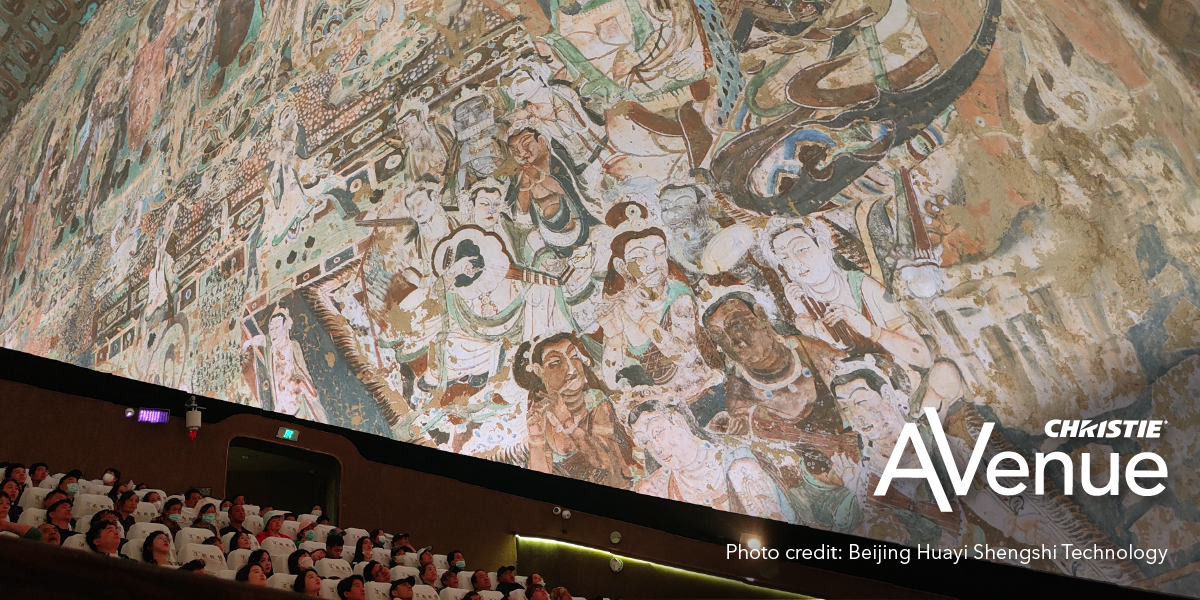Take joy where you can find it

If you were seeking joy, would you look in a cave? Possibly, and the Mogao Grottoes, a UNESCO World Heritage Site in China’s northwestern Gansu province, might be a good place to start, not simply because these man-made caverns contain an unparalleled collection of Buddhist art and artifacts. Although that alone is joyous enough. No, the murals, sculptures, paintings, textiles, and literature found there hold another, more profound, secret.
Taken from Sanskrit and Pali, “Mudita” is a Buddhist concept that means shared joy, especially in the good fortune of others. It’s the kind of infectious joy found in crowds and shared experiences, though it goes much deeper than that. It’s the unquestioning, mostly unconscious celebration of joy for joy’s sake. And the world and everyone in it could do with a little more of that.
A profound emotional impact
So, while Buddhist monks created the caves at Mogao as places of contemplation, they now offer a spiritual experience beyond their original religious context. They have an international cultural and historical heritage that reflects spiritual beliefs and artistic achievements from along the Silk Road — and the murals and sculptures found here evoke profound emotional impact in tourists and pilgrims alike. With the shared joy of Mudita all around, it’s hard not to be moved.
Adding a modern context
At the Mogao Grottoes Digital Exhibition Center, ancient learning and wisdom is given a modern context — by using precisely the same kind of technology we use to create shared joy today.
Christie partner Beijing Huayi Shengshi Technology installed 14 Christie® 45,000-lumen RGB pure laser projectors here, six in each of the 18-meter (59-feet) diameter dome theatres and in each 14.7-meter by 6.2-meter (4.6-feet by 20.3-feet) screen theatre. The goal is to use projection to explain the historical and cultural context of the site and the times, but it also gives visitors a unique multisensory and emotionally resonant encounter. By leaving a lasting impression, it fosters a deep connection with the rich heritage of Mogao Grottoes and the Buddhist monks who created them. There’s a pleasing symmetry between the old and the new here; a complex message that could have been an empty spectacle is instead a harmonious thing of undoubted joy.
But enough philosophy. Many ancient insights still have value today, and when today’s tech makes them relevant and compelling to a modern audience, they have a unique power. We’d all benefit from a little Mudita in our lives, and it doesn’t matter if we find it in an ancient cave or the back row of a movie theatre. It’s still joyous, it still feels as good.






